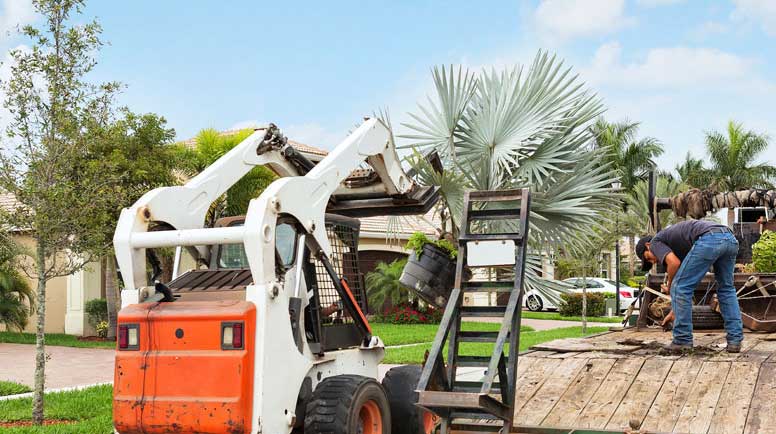Tips for Selecting a Landscape Professional
How to find a trusted partner that's right for you (Video)
For trusted expertise and superior results,
find a landscape professional near you.

Home renovation projects are often disruptive. You and your family can go somewhere else until the project is completed, but your trees can’t. The trees closest to your home may be in the midst of equipment, supplies, additional foot traffic and other necessities of construction, all of which can threaten their health. If you plan to undergo a major home improvement project, add one more item to the organizational checklist: a plan for how to preserve your trees throughout the project. Your advance planning should account for how to protect the roots, the trunk, and the branches.
Protecting the roots
It’s easy to forget about the importance of a tree’s root system because it’s something you can’t see. While a root system is capable of supporting a mighty oak tree, it’s also very susceptible to damage. When possible, construction and excavation should be kept away from the tree’s roots. The roots typically extend at least to the edge of the drip zone, which is the area that the tree’s canopy covers. It’s also vitally important to avoid running heavy equipment over the tree’s roots, as the compaction can compromise the tree
If your tree is located in a place where construction will impact the root zone, it’s a good idea to consult an arborist. An arborist can advise you on ways to reduce damage during construction, and mitigate the damage afterwards. These steps may include addressing compaction with an air spade, root pruning, and canopy thinning.
Protecting the trunk
Tree trunks are surprisingly easy to damage. All it takes is a glancing blow from a machine operator and a gash can be opened up in the bark, which can be an invitation for disease and insects. Keeping everyone away from trees is your best bet—so if workers or equipment will be near the trunk, consider erecting a temporary barrier fence to help keep tree injury at bay.
Protecting the branches
The best way to protect the branches of a tree during construction on your property is to keep workers and equipment far away. If that’s not possible, the next best course of action-assuming it won’t harm the health or appearance of the tree-is to prune any branches that will conflict with the work area. Just as with a tree trunk, any wound on a tree is an opportunity for insects and disease to get inside. Reducing the risk of damage is one way of protecting your tree.
When starting any renovation project, consider the impact on your existing landscape. If you have trees that are an integral part of your yard, consult a landscape professional before the work begins. Proper planning will help ensure your trees continue to stand tall in compliment to your home’s new look.
We recently updated our Privacy Policy. By continuing to use this website, you acknowledge that our revised Privacy Policy applies.